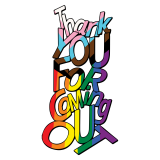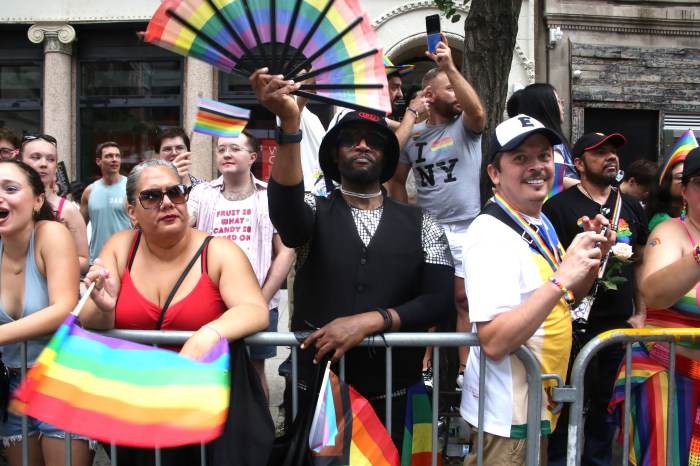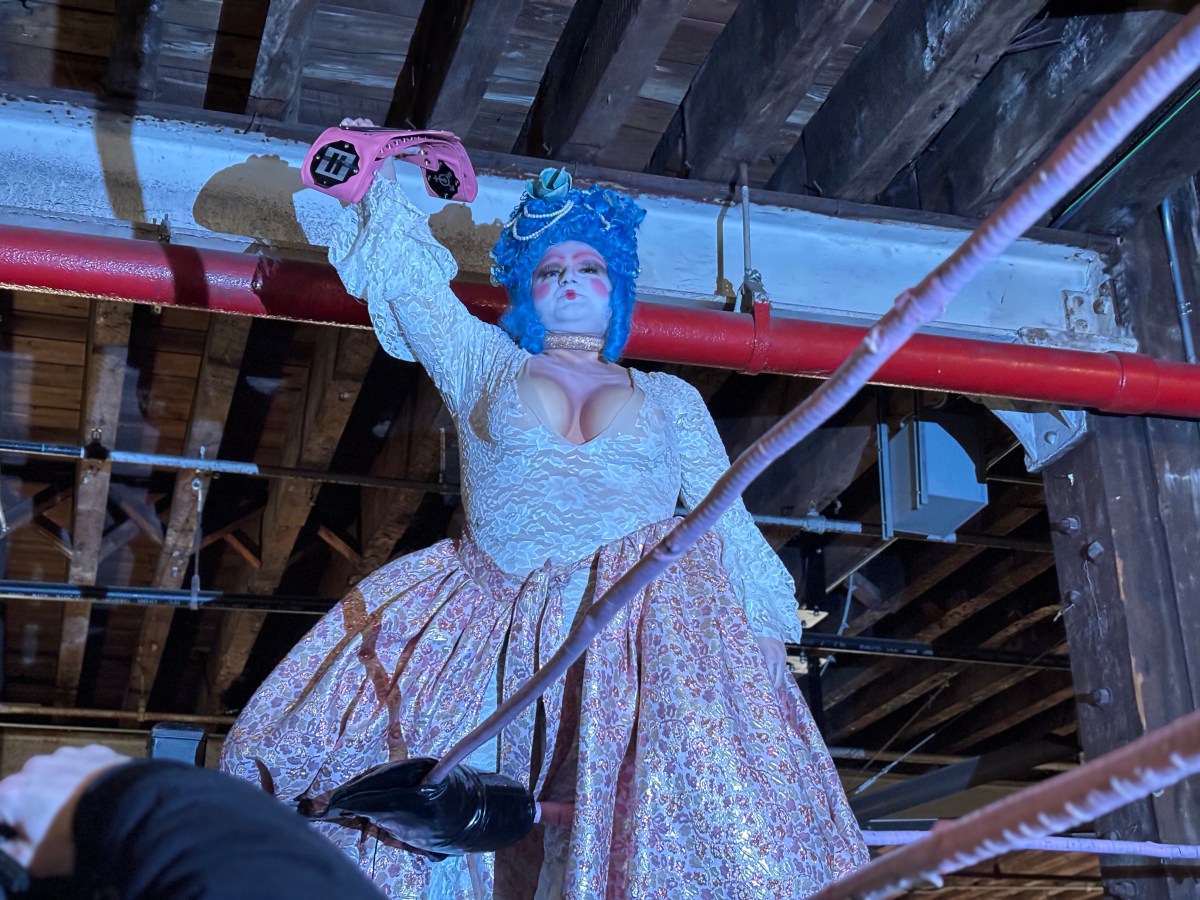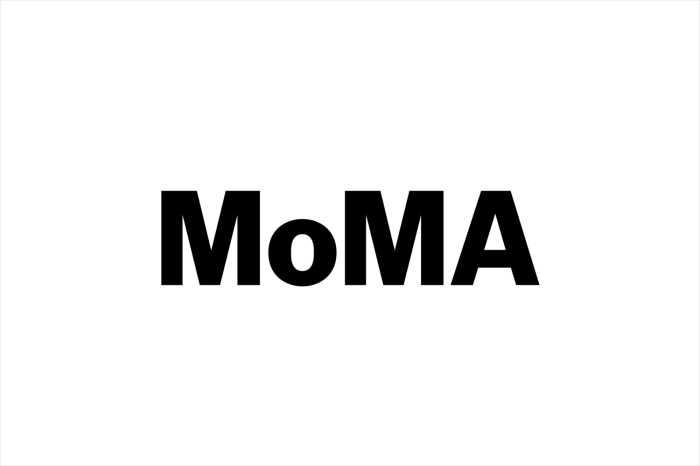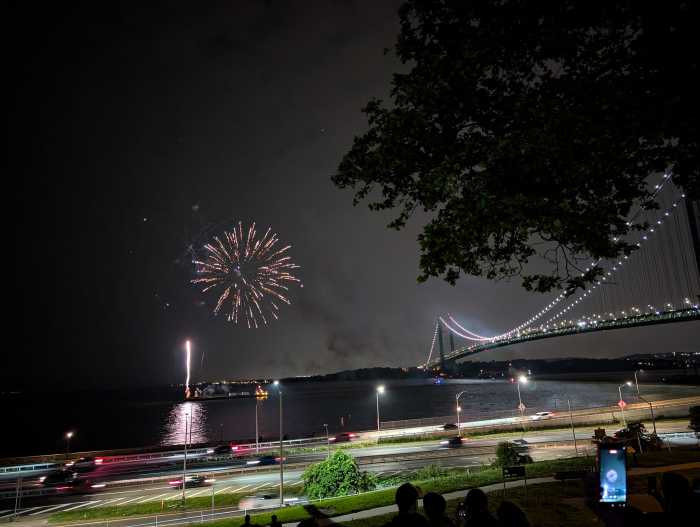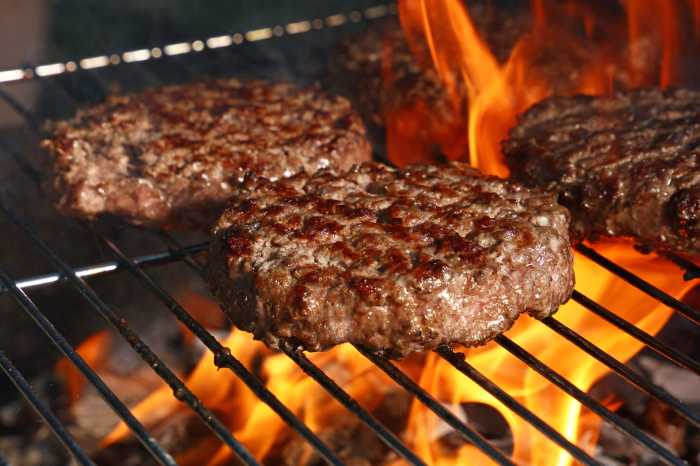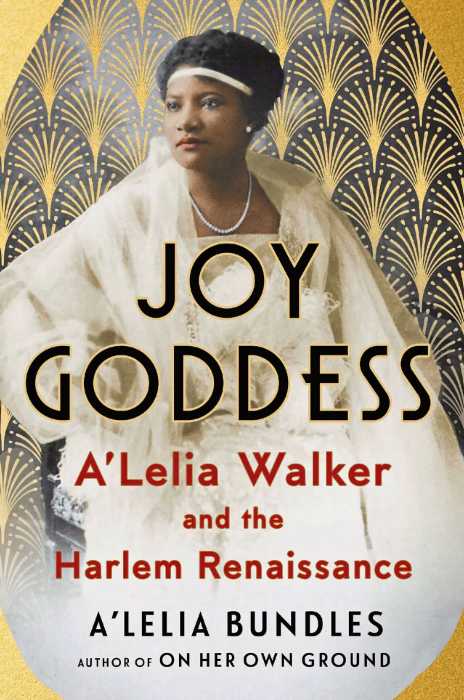Keep your A-list soirees and big-ticket benefits. The LGBT Pride Parade remains the biggest free party in New York, a truly democratic experience that attracts the most diverse participation of LGBT folk and our allies all year.
It is a colorful mix of history, advocacy, sexuality, and commercialism — a chance for many to rededicate themselves to the roots of our movement, some to come out loudly for the first time, and others to cheer the spectacle from the sidelines.
“We’re showing what the LGBT community looks like and it looks beautiful,” said journalist Jane Velez-Mitchell riding in the “In the Life” contingent’s car.
Grand marshal Cyndi Lauper was resplendent in a red top hat, promoting her True Colors Foundation’s push to help homeless LGBT youth by keeping families from throwing them out in the first place.
“Today we’re here to celebrate,” she said, “but first I have to go paint rainbows on my fingernails.”
Phyllis Siegel and Connie Kopelov, the first same-sex couple to marry in New York City, were also honored as grand marshals, along with Chris Salgardo, whom Out magazine calls the “power bear” president of gay-friendly Kiehl’s.
The Pride march is always a good way to catch up on friends and, for a reporter, also on what activists and political leaders are doing on LGBT issues.
Out actor and activist George Takei rode with Jennifer Tyrrell, the lesbian mom who was booted as a scout leader in Ohio. Both wore scout uniforms. Asked if the national campaign backing her push to lift the ban on gay scouts and gay and lesbian scoutmasters would finally bear fruit, Tyrrell said, “We’re going to do it!”
Takei said the chair of the board of Ernst and Young is on the board of the scouts, “and he said it will change. It will change.”
Susan Sommer, senior counsel at Lambda Legal, reviewed the group’s extensive marriage docket and hinted that a significant non-marriage case might be announced soon.
State Senator Tom Duane, stepping down at the end of the year after 14 years in Albany and seven before that in the City Council representing Chelsea, was working his way back through all the contingents of the parade in a kind of farewell tour. He said he was most proud of passing the Dignity for All Students Act (DASA) against school bullying, especially because it includes gender identity, as it finally goes into effect on July 1.
All of New York’s leading elected officials were out again, from Governor Andrew Cuomo and Mayor Michael Bloomberg to Senators Chuck Schumer and Kirsten Gillibrand. Gay activist Michael Colosi, who marched with the governor, said the reception Cuomo received as the leader who pulled together the final votes for marriage equality was “even louder than last year.” The 2011 parade took place less than 48 hours after the State Senate approved and Cuomo signed the state’s gay marriage law.
Congresswoman Carolyn Maloney said that in the House, “with the Republicans in charge, it is not so much what you do but what you hold onto.” Schumer, in the Democratic-led Senate, said he hopes for a vote on the Employment Non-Discrimination Act (ENDA) this year.
City Council Speaker Christine Quinn of Chelsea and Upper West Side Assemblyman Daniel O’Donnell, two key players in the marriage fight, enjoyed their first Pride march with their respective spouses, as did marriage activists and husbands Michael Sabatino and Robert Voorhies. Sabatino, who now serves as an elected City Council member in Yonkers, said a police captain there asked him, “How could we get more gay people to move to Yonkers? They beautify the neighborhood and crime goes down.”
Quinn and O’Donnell were critical of how a Queens school censored a fifth grader who wanted to read his essay supporting same-gender marriage but was stopped by his principal, who was backed up by the schools chancellor. Quinn is having the student, Kameron Slade, appear before the Council in July to deliver his speech. O’Donnell said the DASA law “requires schools to teach tolerance and acceptance for LGB and transgender people.”
Police Commissioner Raymond Kelly marched with the Gay Officers Action League and said he was “proud of the diversity of the department.” Responding to the massive Father’s Day march against stop and frisk, which included notable LGBT participation, Kelly recently announced that the use of the tactic would be modified, but at the Pride march continued to insist that it is “an important tool in our tool box. It’s something that can’t be abandoned. It’s something that keeps this city safe — the safest big city in America.”
Brenda Berkman, one of the first woman firefighters in New York and now retired, marched with FIRE-Flag. Even as she celebrated the 30 years of women in the department, Berkman lamented “there’s still only 28 active women firefighters in the city.” On the other hand, she noted that when FIRE-Flag first marched in the parade, there was only one out gay male “and a bunch of lesbians like myself.” This year, a dozen men marched with the group.
Cyrus Vance, Jr., the Manhattan district attorney, marched in his fourth parade. He responded to a question about how well the rights of protesters are protected in New York by saying, “Occupy Wall Street has occurred on my watch. My mantra is pretty simple. Everybody has the right to speak freely and protest. I’m the district attorney, though. And when there are laws that are broken, there are times when our office is going to come in.” His goal, he said, is to resolve legal issues that arise from public protests “fairly.”
Steve Ashkinazy, a gay activist since 1970 and the co-founder of the Harvey Milk High School, said, “Something that surprised me about the direction that the movement has taken is that people are becoming so assimilated. I think that they’re forgetting that being gay and lesbian is something special, and people want to be like everyone else instead of celebrating that we are different.”
Rollerena, watching the parade from 24th Street and Fifth, said she wanted to make clear that the parade was “fabulous,” but said that there are “too many barricades. They’ve got us all corralled in. We’re supposed to be marching for our freedoms and the causes we believe in!” (Rollerena insisted that I urge readers to check out one of her new causes, a new documentary she is in –– “The Joy of Disco” from the BBC, “featuring Latinos, African Americans and gays” –– and I do what my fairy godmother says.)
Sharon Stapel, marching with the New York City Anti-Violence Project that she leads, said “one of the biggest advances of the year was the passage of the federal Violence Against Women Act, which was passed by the Senate as LGBT-inclusive for the first time ever.” (The Republican-led House of Representatives has not yet agreed to those provisions in the law’s required reauthorization this year.)
The Trevor Project, which counsels LGBT youth on a nationwide phone hotline –– working especially to prevent teen suicides –– had a big contingent of volunteers. There was also a sizeable Obama contingent, as well as an ACT UP float focused on ending HIV criminalization. Many members of the group wore prison stripes to protest this emerging trend in laws across the nation and around the world.
At the end of a long day, I was walking home from the West Village and on Ninth Avenue encountered Oswald Gomez, 68, a native of Brazil, in full, gender-fuck Carmen Miranda drag, accompanied by his rainbow-colored dog, Fifi, and his parrot, Rose My Ass, atop his head. He has been coming out for Pride dressed like this for 25 years, he had told me that morning on Fifth Avenue. And he was getting as many smiles from the non-gay people on the sidewalks of Chelsea as he did earlier in the parade.





